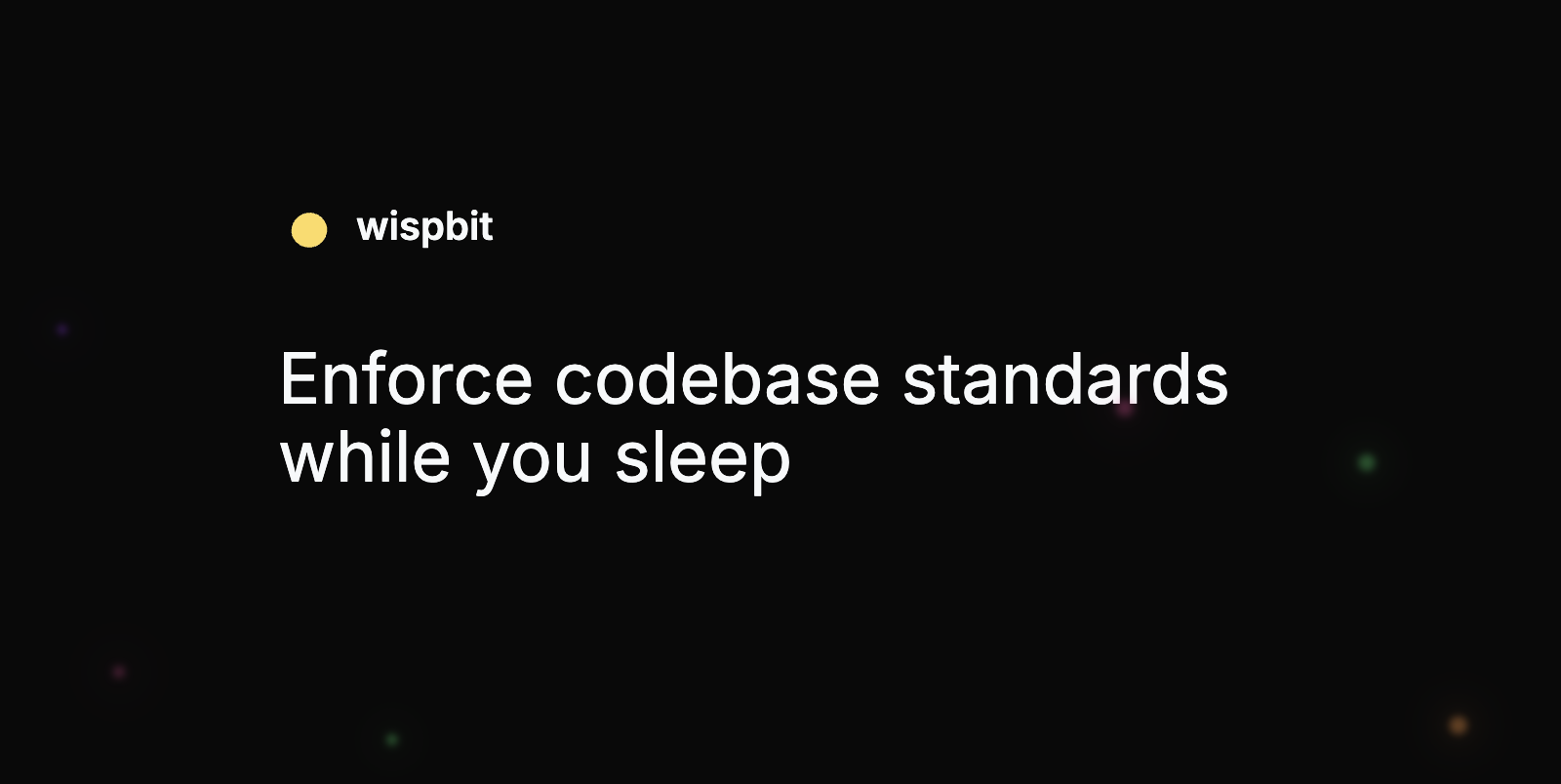DevOps Articles
Curated articles, resources, tips and trends from the DevOps World.
Kubernetes Primer: Dynamic Resource Allocation (DRA) for GPU Workloads
Summary: This is a summary of an article originally published by The New Stack. Read the full original article here →
Dynamic Resource Allocation (DRA) for GPU workloads is an innovative approach in Kubernetes that enhances resource management for machine learning and AI applications. Traditional resource allocation methods often lead to underutilization or contention issues, particularly when multiple workloads vie for access to limited GPU resources.
DRA introduces a more flexible way of assigning GPU resources, allowing Kubernetes to dynamically adjust the allocation based on current demand and workload requirements. This real-time adaptation not only maximizes resource efficiency but also significantly improves the performance of GPU-accelerated applications, making it ideal for environments where workloads can be unpredictable.
Implementing DRA requires leveraging existing Kubernetes features such as custom resource definitions (CRDs) and the Horizontal Pod Autoscaler (HPA). These tools work in tandem to monitor workload performance and dynamically scale GPU resources according to real-time needs. By adopting DRA, organizations can achieve a more agile DevOps practice, allowing teams to deploy AI and ML workloads more effectively without the overhead of manual resource management.
The future of GPU resource allocation in Kubernetes looks promising, with ongoing developments aimed at enhancing DRA capabilities. As Kubernetes continues to evolve, integrating such dynamic allocation strategies will be pivotal for organizations aiming to optimize their infrastructure for next-generation workloads.
Product
Useful Links
Made with pure grit © 2025 Jetpack Labs Inc. All rights reserved. www.jetpacklabs.com





